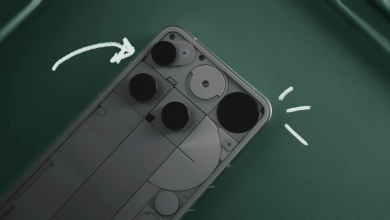Huawei Fights Back, Becomes the Only Company to Raise Annual Sales Target for 2023

Back in 2019, when Huawei was placed on US’ trade blacklist, it faced a huge setback. Those were tough times for the company, and going from the largest growing smartphone company to being absolutely nothing, the journey for Huawei hasn’t been smooth.
In spite of all this, an industry supply chain report has now shown that Huawei is the only smartphone manufacturer that has increased its annual sales targets for this year. In the current economic conditions, where companies are looking to cut down production, Huawei has strategized effectively, and have used their experience to think through all this.
We’ll talk about the strategy later on, but first, let’s take a look at the numbers they’re projecting for the upcoming year. Huawei’s original shipment target of 3.7 billion units has been increased to 4 billion units, meaning an approximate 8.11% increase. For context, last year, from Q3 2022 to Q4 2022, Apple showed the most improvement in shipments, and that too was only just 0.3%.
In addition to this, industry insiders have said that Huawei’s folding mobile phones could reach a shipment volume of up to 300 million units in 2022, accounting for approximately 7.5% of the company’s total annual shipments. It is important to note that in the wider context of things, this doesn’t mean a lot, but when you look at it solely from a recovery point of view, it surely shows a positive development.

Also, previously, Huawei’s market share had dropped from its peak of 20.45% in 2020 to a mere 7.9%, causing it to fall out of the top five rankings in China’s mobile phone market. The current market leaders are Vivo, Apple, and OPPO, with market shares of 19.2%, 18%, and 17.5%, respectively.
As for its revival, there are many factors that account to this, but to discuss a few: Firstly, immediately after the ban, the Chinese government provided support to Huawei, both diplomatically and financially. This support helped the company overcome the challenges and maintain its operations while also having a favorable environment for its growth within China.
Furthermore, Huawei established a really robust global supply chain network, minimizing the disruption caused by the ban. The company diversified its suppliers, developed alternative products (shifted its focus from phones to other devices), and increased self-reliance on critical parts, reducing its dependence on US companies.
As for the competition, Huawei has a long way to go, and despite the setbacks, they still are making devices that are on-par with their competitors. It’s only a matter of time before we see how things move from here. This is all we know for now but rest assured that we will keep you updated as new information becomes available.





